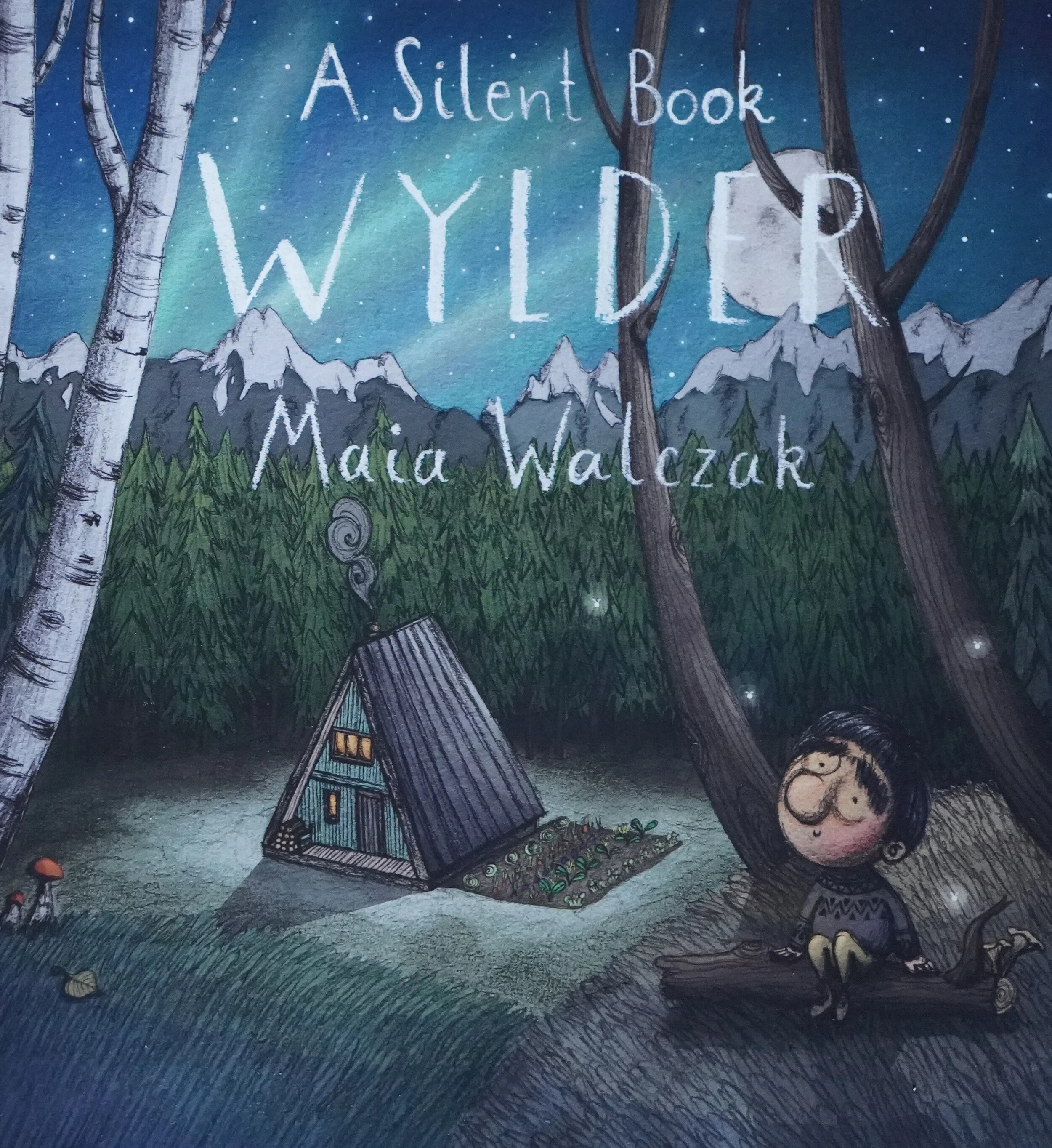Wylder: Production Diary 01
Hello! Tash here, welcoming you to Chapter One of our production diary of Wylder, a short film we will be producing based on the beautiful book by Maia Walczak.
We have been wanting to make a short film for a while - it has been five years since we produced The Ship, a short that was included on Channel 4’s Random Acts online series and featured on Aardman’s Aardboiled YouTube Channel.
Mike has been reading Wylder with his children and was drawn in by the beautiful style and interesting concept - it is a silent book, telling a cohesive and poignant story through only pictures. It’s a simple, yet incredibly powerful tale of a boy and his dad discovering the great outdoors. It’s about more than this, but we don’t want to give away too many spoilers.
Mike shared the idea with the rest of the team and we all agreed this was a great story that we’d love to tell. More copies were ordered and we were all in.
We work best when we set ourselves a deadline and love a challenging timeline. That’s why we are giving ourselves three months to pull this off from start to finish. Set the clock!
Step one of course, was speaking to Maia and asking for her permission to use her story and illustrations. She luckily agreed, thanks Maia! Amazingly, she has also given us access to some of her illustrations which is incredibly helpful. Double thanks! Working from an existing work removes some of the pre-production and development stages such as story, script and concept art, meaning we can get straight into the hands-on stages of pre-production.
Since then, we have hit the ground running and several things are happening at once.
The pages of the book have been scanned and using these, we will put together an animatic. By doing this, we will get an idea of how the story will play out, how we will transition between scenes and how the pacing feels.
Meanwhile, there is look development happening directly in Unreal Engine. This is one of our favourite steps as it is super creative and when we will decide how best to bring Maia’s drawings to life. We are creating some of the key elements in the story and playing around with how we take a 2D drawing and translate it into a 3D model. Then we will look at how we light and texture them.
Always on the hunt for new and exciting methods of creating, we’ve been trialing using Tilt Brush using Oculus headsets, and think this could be a really dynamic way of creating an illustrated feel to the environments. Below are some tests we did on creating the leaves on the trees. The left is the original model based off of the illustration and on the right is a much lighter and wispier version using Tilt Brush.
There’s production management to be done too. How long will each step take? Who do we need to help us? How much will it cost? It’s spreadsheets aplenty. Of course, all of this is happening alongside all our other service projects and everything else that comes with running a business, so organisation is key.
On the budget, it’s worth noting that this is a self-financed project. Whilst the majority of the work will be completed internally, there will be freelancer costs and other expenses. This means balancing the budget with telling a great story. With our quick turnaround project mindset, we are able to find ways to be practical in terms of the volume of work that we can execute and ensure a high standard of the end result.
We’ll be back next Wednesday with the next installment, where we’ll be looking at asset creation, 3D blockouts and more!



